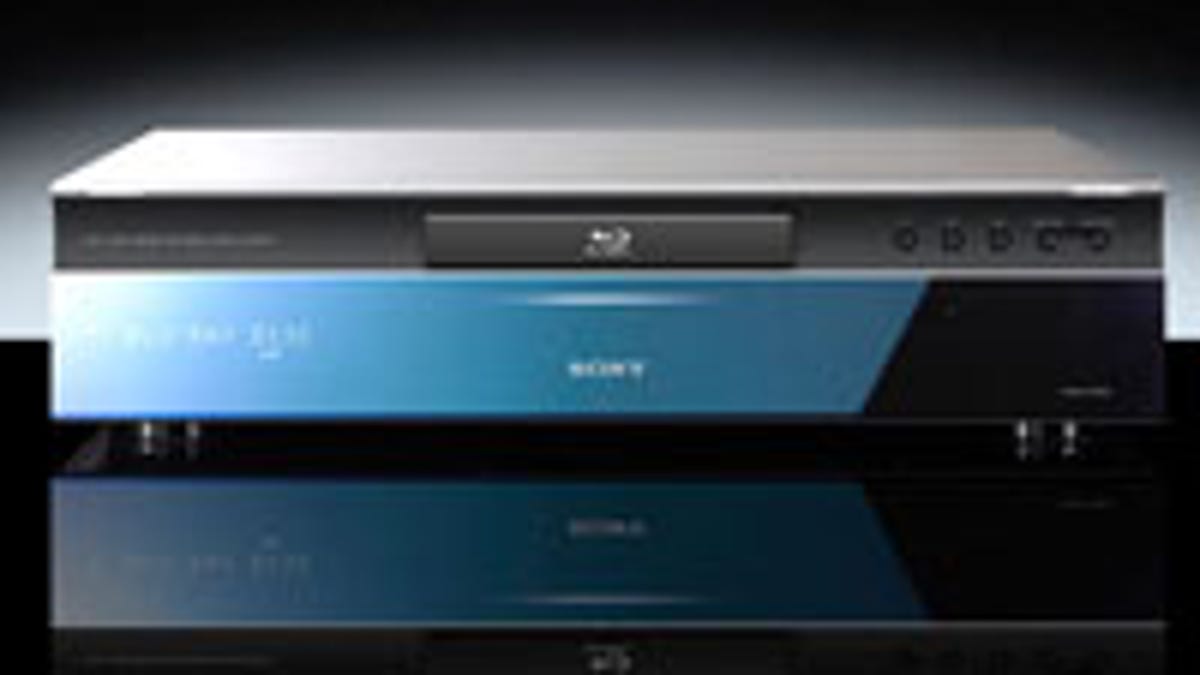High-cost gear hobbled by high-def ignorance, survey finds
A new survey has found that two-thirds of high-definition-capable TV owners lack an HDTV set-top box and half of consumers mistakenly believe that DVDs already offer HD video.

A new survey has found that two-thirds of high-definition-capable TV owners lack an HDTV set-top box and half of consumers mistakenly believe that DVDs already offer HD video. Vendors, David Braue explains, have their work cut out for them in educating the public about the new technology.
Consumers may be spending big on large new flat-screen TVs, but ignorance of new high-definition (HD) TV-related technologies means most aren't actually seeing its benefits, a Samsung-backed Newspoll survey of 1200 Australian adults has revealed.
The Samsung HD Survey revealed that misunderstandings about HD technology, its penetration and usefulness were rife amongst consumers. Fully 51 percent of respondents, for example, believed their existing DVDs were already providing HD video, while 54 percent believed Foxtel Digital's standard-definition (SD) service was running in HD, 46 percent believe all free-to-air digital TV programming was HD, and 43 percent believe all plasmas and LCD TVs offer HD viewing.
In reality, full 1080-line HD signals are only broadcast on some free-to-air channels at certain times; at other times, even HD channels often broadcast expanded versions of 576-line SD programming rather than native HD versions.
More startling was the revelation that fully 63 percent of those who owned an HD-ready TV had not purchased an HD-capable set top box -- and are therefore thinking they're viewing HD programming when they are not. This is ironic, considering the finding that 60 percent of consumers named better picture quality as the main reason to upgrade to HD-ready equipment.
Samsung's HyperVision upscaling technology -- which improves DVD image quality by smoothing textures and curves, increasing contrast and outputting a full 1080i signal -- is the first in a series of steps designed to help consumers appreciate the full value of HD and get the image quality they paid for.
In the longer term, however, consumer ignorance about Blu-ray and the other elements of the emerging ecosystem poses a very real challenge for vendors trying to promote the technologies -- and to pay extra for HD videos priced at least 20 percent higher than conventional DVDs.
"We're working on the education approach," conceded John Fragiadakis, technical marketing manager with Samsung Electronics Australia, who demonstrated the company's first Blu-ray video disc player and a host of new home-theatre technologies to retail partners at a Melbourne roadshow this week.
Pressed as to the mass-market viability of Blu-ray and HD in general, Fragiadakis admitted the market is not there "at the moment. There is an education process that needs to happen."
After the launch of its $US1,000 Blu-ray player in the US next month, Samsung expects to lead Blu-ray into the Australian market in the fourth quarter of this year. Yet despite long-running buzz about next-generation video discs in industry circles, vendors will be starting from scratch with less-savvy customers, who will be encountering the technology for the first time: the Samsung HD Survey found that 87 percent of respondents were not familiar at all with next-generation HD-DVD and Blu-ray video technologies, which will be the first viable vehicles for full HD-resolution video.
Movie enthusiasts aren't the only target in Samsung's efforts to increase awareness of HD: a partnership with Microsoft has seen the $US20 billion electronics giant, which saw sales rise 18 percent last year in Australia alone, heavily promoting the Xbox 360 as the HD gaming platform of choice.
Also on display at the road show were a slew of new flat panels led by the R7 series LCD TVs, which offer features ranging from hidden bar type speakers and built-in HDTV tuners, to an optional white-gloss finish and a gaming mode designed to optimise video settings for Xbox 360 games.
Samsung's new M Series LCD TV, also demonstrated at the road show, offers a 5000:1 contrast ratio, 8ms refresh rate to minimise streaking, and a 92 percent colour gamut with which, Fragiadakis says with straight face, "reality and TV are closely matched." Products such as the HT-XQ100 home theatre system include the ability to play video, photo and music files straight off of USB disks, digital cameras and music players.
Percentage of Australians who: